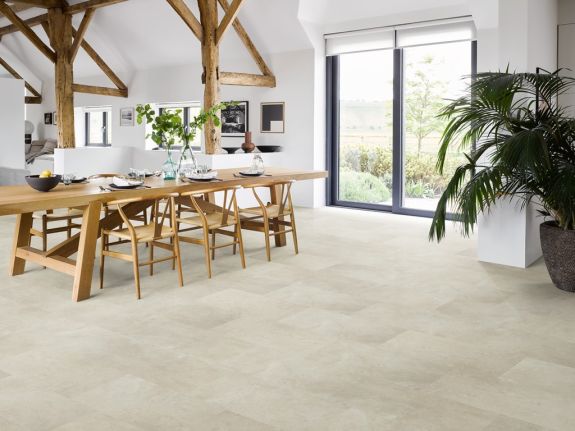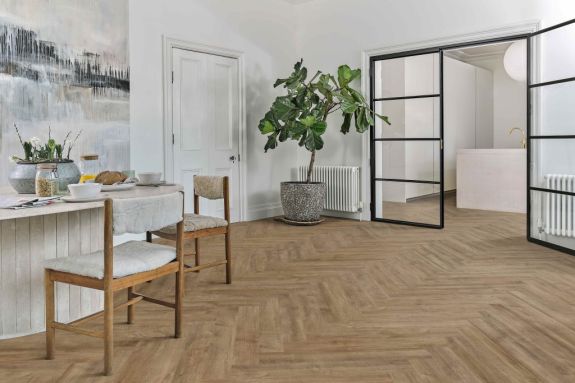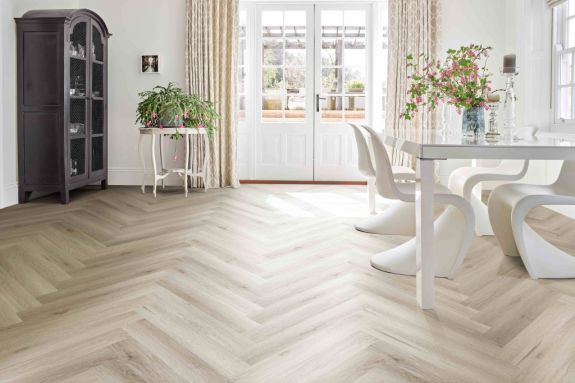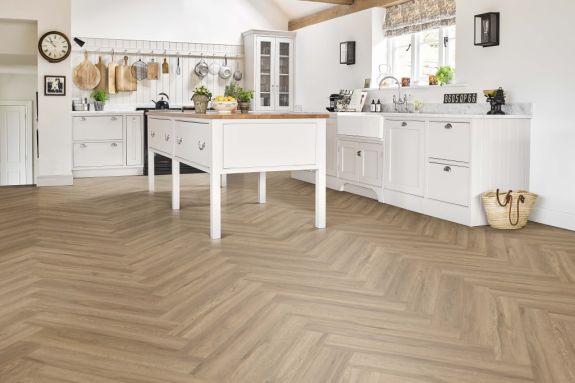Can I pressure wash my artificial lawn?
We get asked this question a lot in relation to looking after artificial grass, and the answer is… it depends.
If your artificial grass has infill (which most do) then the answer is a firm ‘no’ as this is what creates that soft, cushioning feeling to the turf. It’s easy for a pressure washer to move (or even remove!) this and you don’t want to do anything to jeopardise the integrity of the turf.
If your artificial lawn doesn’t have infill, then you can use a pressure washer. However, we recommend using the widest-angle tip you have, spraying at a shallow angle to help prop the fibres up, and most importantly, keeping the tip of the wand at least 30 cm (12 inches) from the turf to make sure you’re looking after your artificial grass.
Artificial grass may appear to be an appealing option for your home and garden, but it's not the most environmentally friendly choice. Artificial grass is typically made from petroleum-based materials and requires a significant amount of energy to manufacture, transport, and install. Natural grass, on the other hand, provides essential environmental benefits such as supporting animal and plant life and producing oxygen. If you're looking to reduce your environmental impact and create a more sustainable living space, explore eco-conscious flooring options like Tapi's TreadKindly range which features sustainable materials and manufacturing processes for inside your home.












































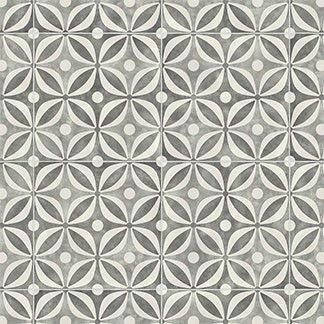
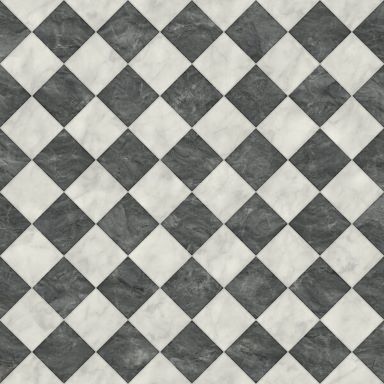

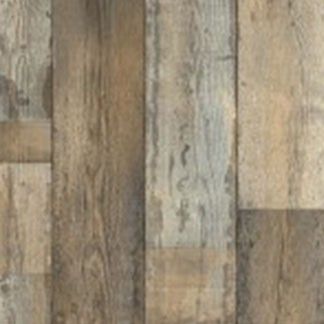











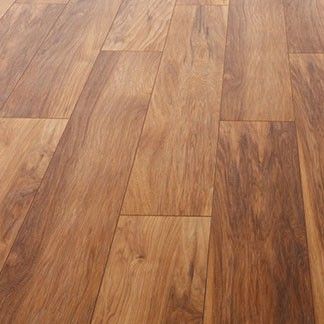
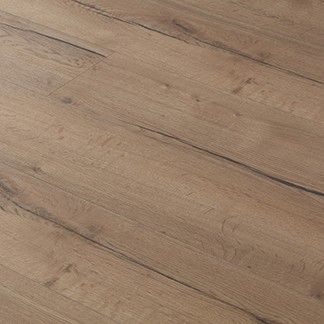












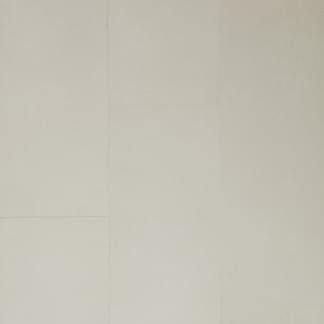





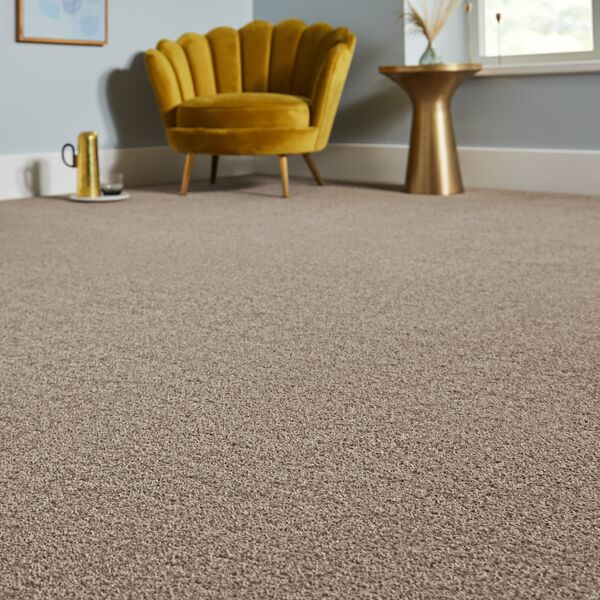
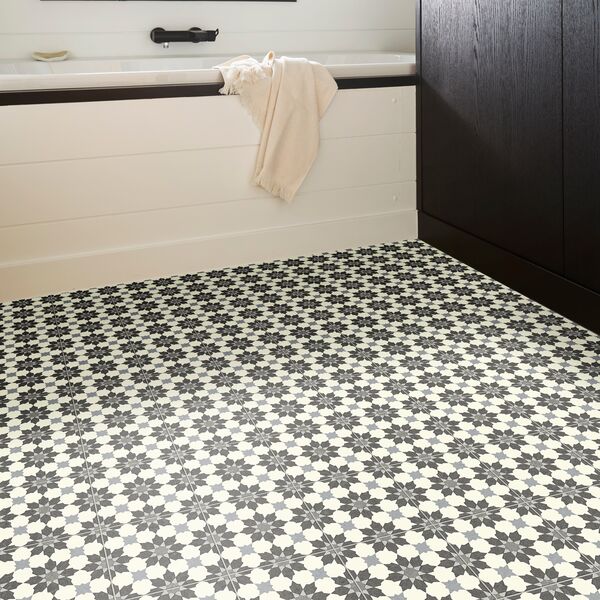
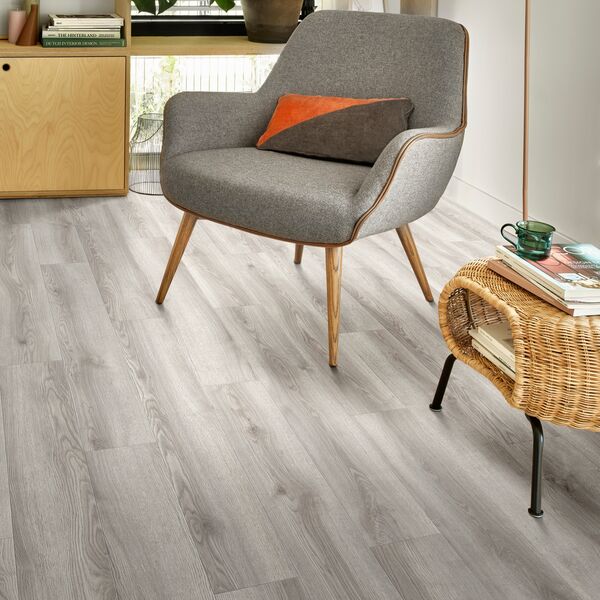

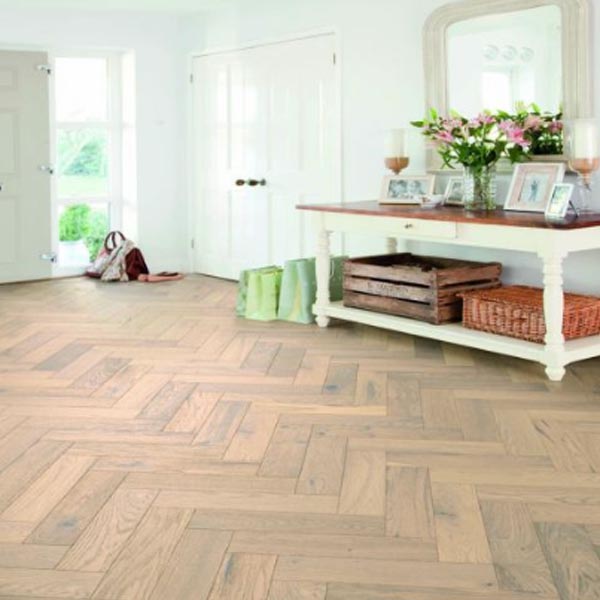

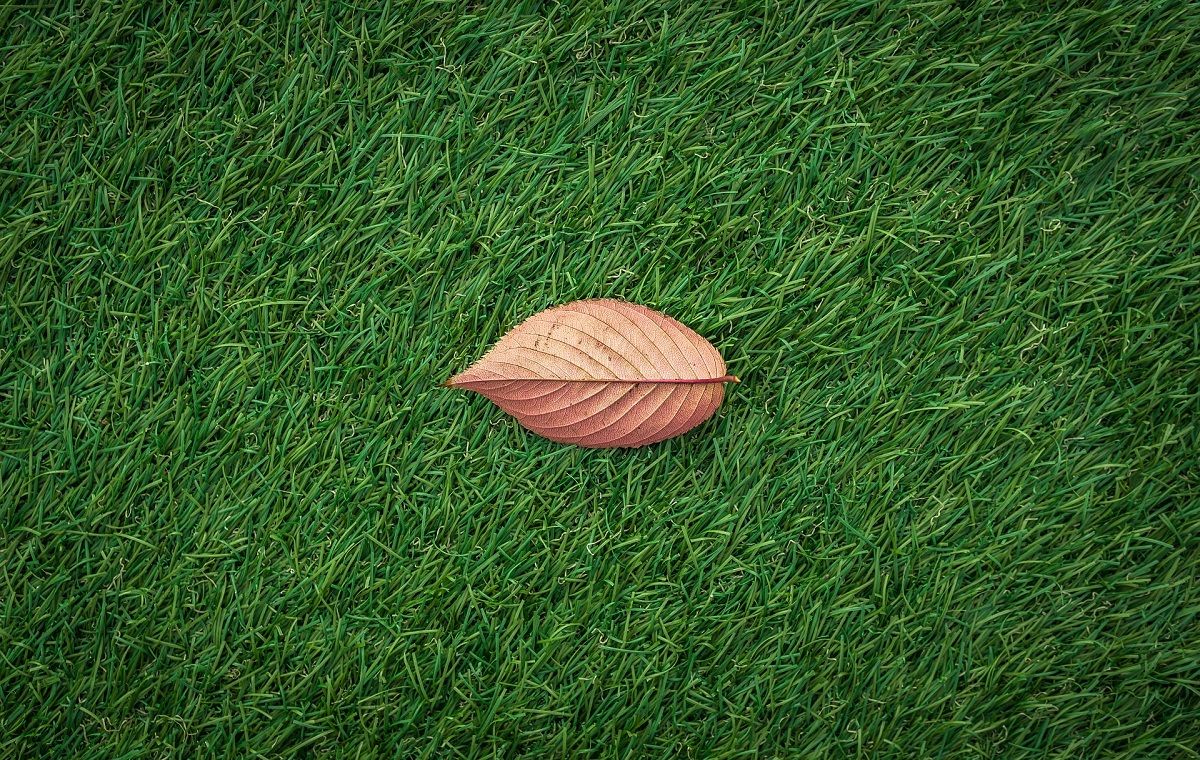
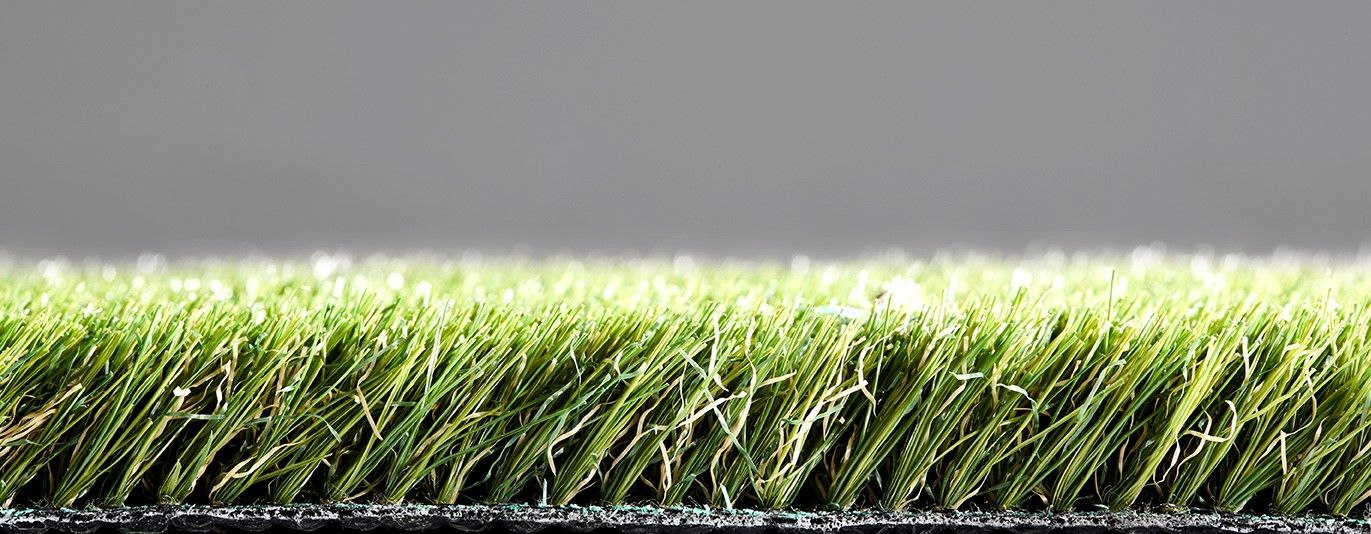

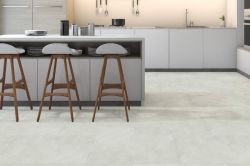

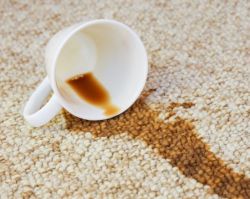





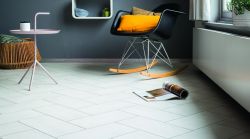

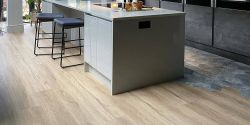

-250.jpg)
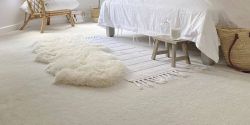

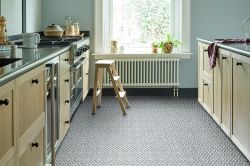

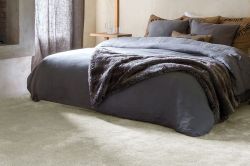

-250.jpg)
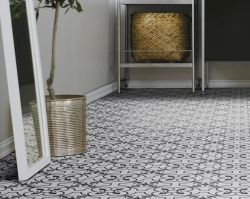

-250.jpg)

 copy-250.jpg)

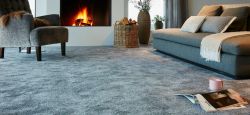






-250.jpg)
 - Article Image (not header)-250.jpg)
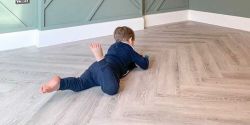
-250.jpg)

-250.jpg)


